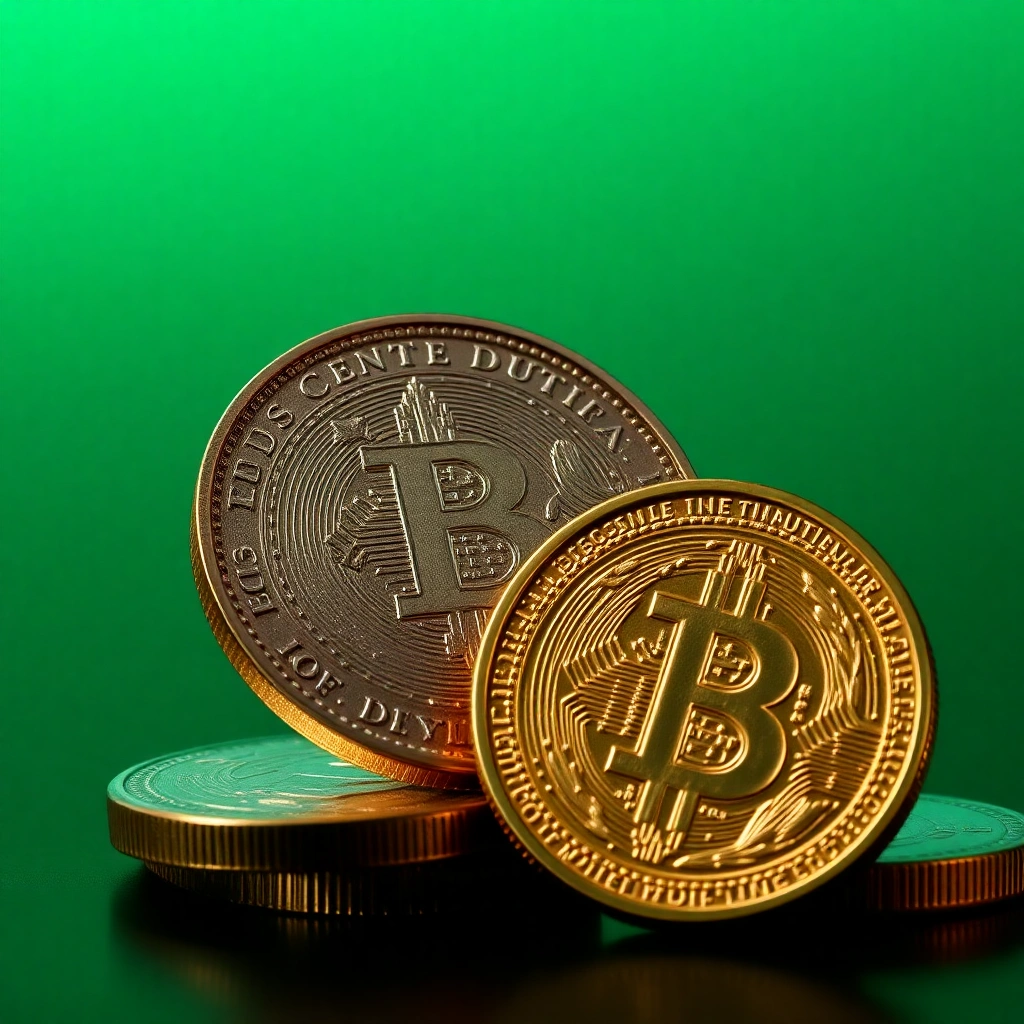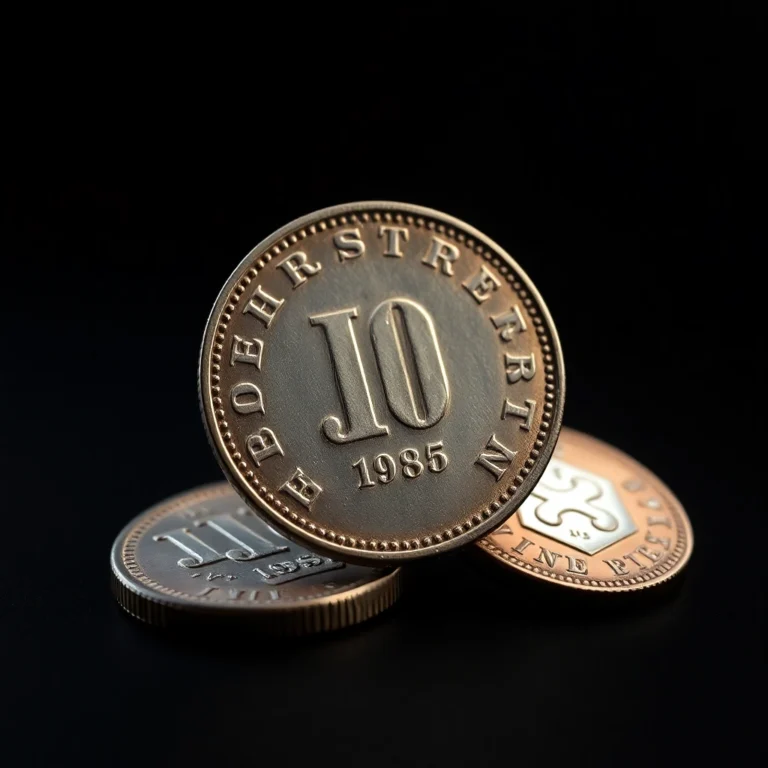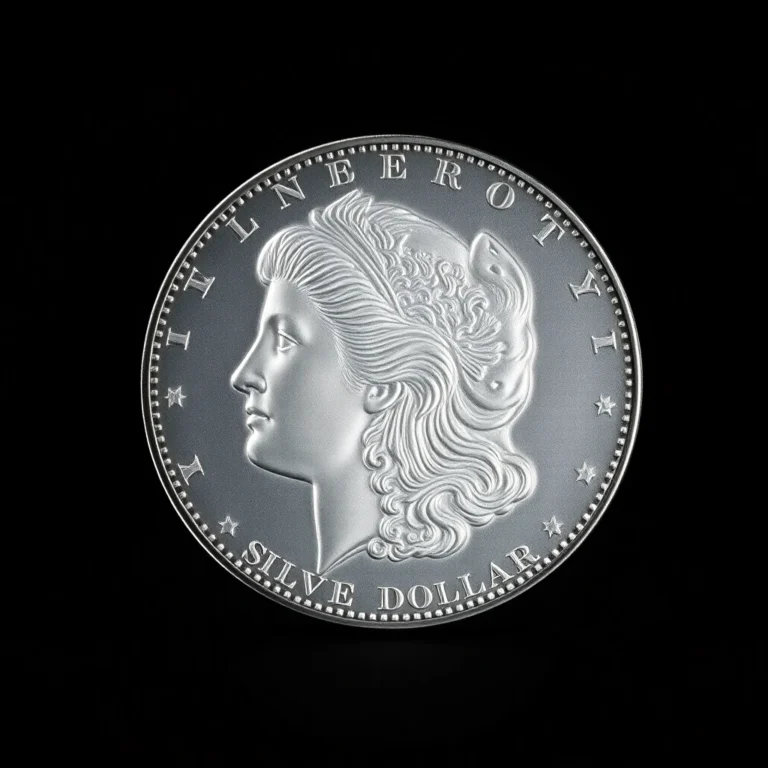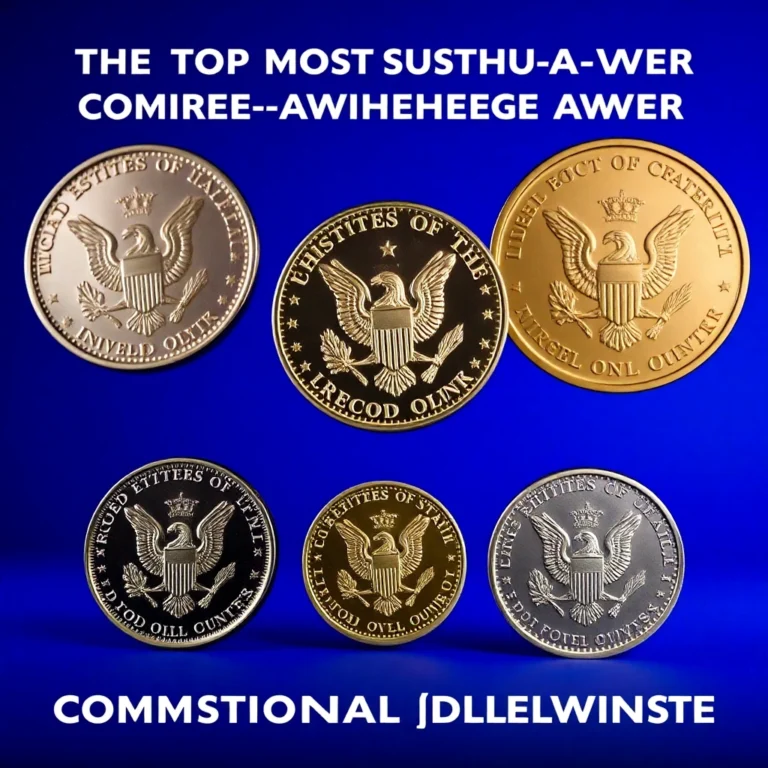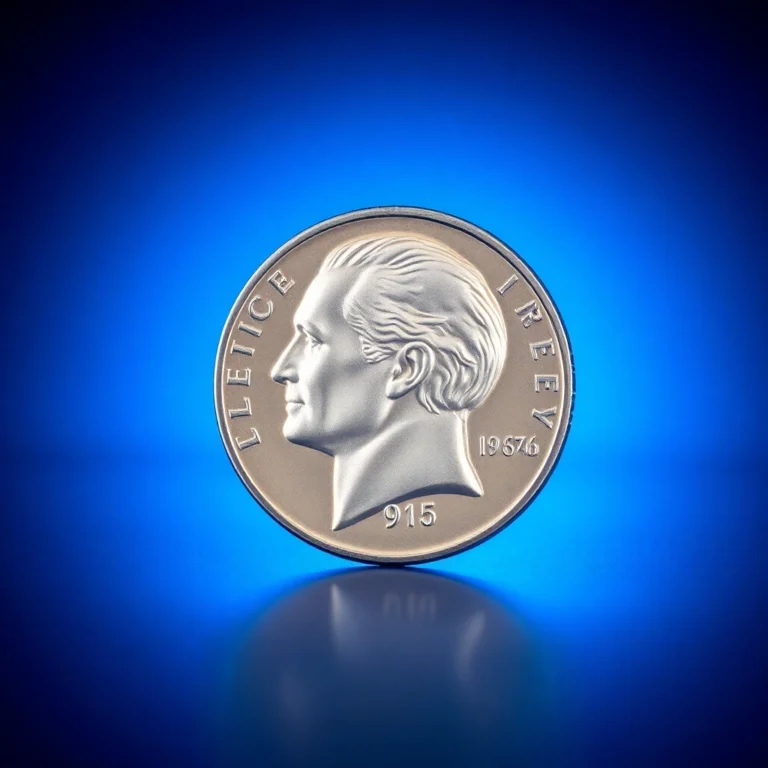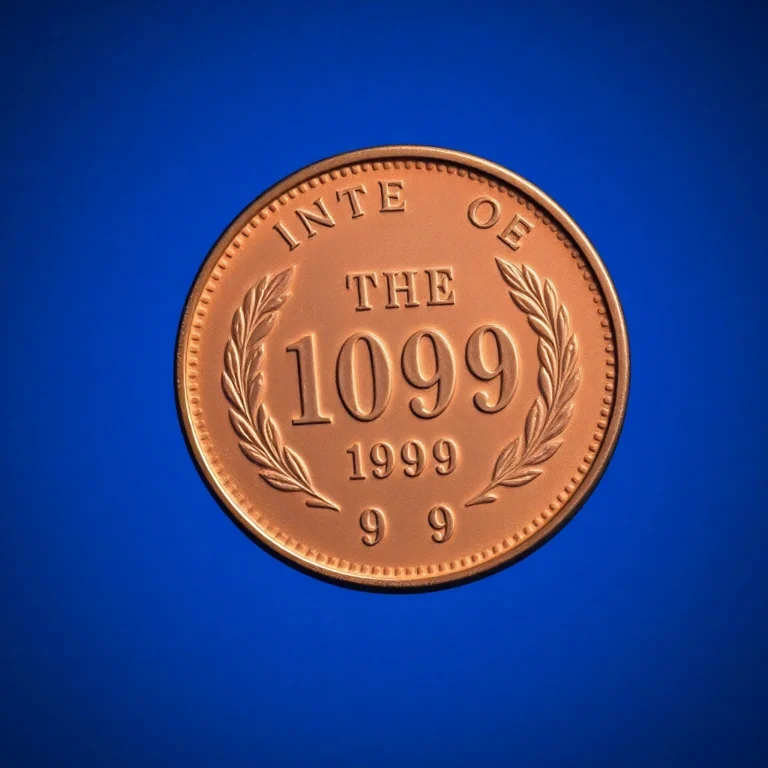Imagine holding a piece of history in your hand, a coin that once jingled in the pockets of ancient emperors or crossed the palms of Renaissance merchants. Now, picture that same coin not only as a link to the past but also as a formidable contender in the world of modern investments. Welcome to the captivating realm of rare coin collecting, where collectors are discovering that these numismatic treasures are outperforming traditional investments in ways once thought unimaginable.
For collectors, the allure of rare coins goes beyond their historical significance; it’s also about their remarkable potential for financial growth. In this article, you’ll uncover the fascinating dynamics that have propelled rare coins to the forefront of investment portfolios. From understanding market trends to identifying key coins with appreciating value, you’ll gain insights into how these metal marvels are reshaping investment strategies.
So, whether you’re a seasoned collector or a curious newcomer, prepare to explore the extraordinary world where rarity meets value. Discover how a single coin can be not just a collector’s gem, but also a thriving asset in today’s financial landscape.
How Rare Coins Are Outperforming Traditional Investments
In recent years, rare coins have increasingly become a favored alternative investment, often outperforming traditional assets like stocks and bonds. This trend can be attributed to the coins’ historical significance, their rarity, and the aesthetic appeal they hold for collectors and investors alike. Let’s delve into the various aspects that make rare coins a compelling investment choice.
Historical Background and Significance
Rare coins are steeped in history, often reflecting the economic, political, and cultural landscapes of their times. Collectors find themselves not only investing in a tangible asset but also in a piece of history. For instance, coins from the Roman Empire or the early United States are not just currency but artifacts that tell stories of bygone eras. This historical allure is a significant factor in their investment potential. 🏛️
Physical Characteristics and Design
The design of a coin can significantly influence its desirability and value. Key elements include the imagery, inscriptions, metal composition, and mint marks, each of which contributes to the coin’s overall appeal. Coins like the St. Gaudens Double Eagle are renowned for their exquisite artistry and are highly sought after by collectors. The craftsmanship of a coin can often elevate its status from mere currency to a work of art. 🎨
Mintage Figures and Rarity
The rarity of a coin is primarily determined by its mintage figures. Coins with lower mintage numbers are often more valuable due to their scarcity. For example, the 1913 Liberty Head Nickel, with only five known specimens, is one of the most coveted coins in the numismatic world. Rarity can significantly enhance the investment appeal of a coin, as scarcity often drives up demand and, consequently, value. 📈
Known Varieties and Errors
Varieties and mint errors add another layer of intrigue and value to rare coins. Varieties may include differences in design elements or inscriptions, while errors can range from misstrikes to planchet flaws. These anomalies often make the coins more desirable to collectors. For instance, the 1955 Double Die Lincoln Cent is a famous error coin that commands high premiums due to its unique appearance. 🤔
Value Information
The value of a rare coin can vary significantly based on its condition, provenance, and market demand. Below is a detailed table showcasing the current market values of a popular rare coin, the 1909-S V.D.B. Lincoln Cent, by grade:
| Grade | Value Range |
|---|---|
| Good (G-4) | $700-$900 |
| Very Good (VG-8) | $850-$1,100 |
| Fine (F-12) | $1,100-$1,500 |
| Very Fine (VF-20) | $1,500-$2,000 |
| Extremely Fine (EF-40) | $2,000-$3,000 |
| About Uncirculated (AU-50) | $3,000-$4,500 |
| Mint State (MS-60) | $5,000-$7,500 |
| Gem Mint State (MS-65) | $10,000-$15,000 |
Authentication Tips
Authenticating rare coins is crucial to ensure their value and prevent fraud. Here are some tips for authentication:
- Consult with certified numismatic experts or use third-party grading services like NGC or PCGS.
- Examine the coin’s weight, diameter, and thickness to ensure they match known specifications.
- Inspect the coin under magnification for signs of wear, cleaning, or alterations.
- Check for diagnostic features specific to the coin’s type and minting year.
FAQs
How does the grading of a coin affect its value?
The grading of a coin significantly impacts its value by assessing its condition and rarity. Higher-grade coins, which are closer to their original mint state, typically command higher prices. Professional grading services provide a standardized evaluation, ensuring collectors and investors know exactly what they are buying.
What are some tips for authenticating rare coins?
To authenticate rare coins, start by examining them under magnification for details like mint marks and edge inscriptions. Compare them to known genuine examples. Consulting with a certified numismatist or using third-party grading services can also help verify authenticity, providing peace of mind for collectors and investors.
What advice would you give to someone new to coin collecting?
For new collectors, it’s essential to start with research—focus on understanding different types of coins, their history, and market trends. Begin by collecting coins that interest you and fit your budget. Joining a numismatic society or online forum can also provide valuable insights and guidance from experienced collectors.
Why is the historical significance of coins important to collectors?
Coins often reflect the historical era in which they were minted, offering insights into the economy, politics, and culture of the time. Collectors value these historical aspects as they add depth and context to a coin, making it more than just a piece of metal but a tangible piece of history.
What are some common varieties or errors that collectors should look for?
Collectors often seek coins with minting errors like doubled dies, off-center strikes, or missing mint marks, as these anomalies can be rare and highly valuable. Additionally, varieties such as different metal compositions or design changes within the same series can also be of significant interest and worth.
